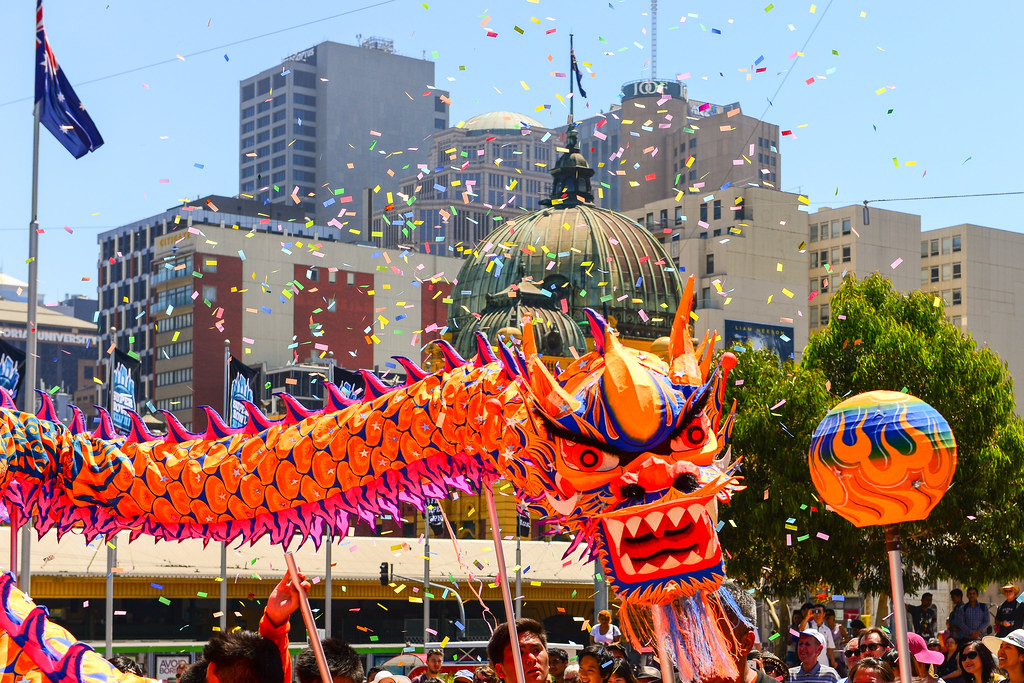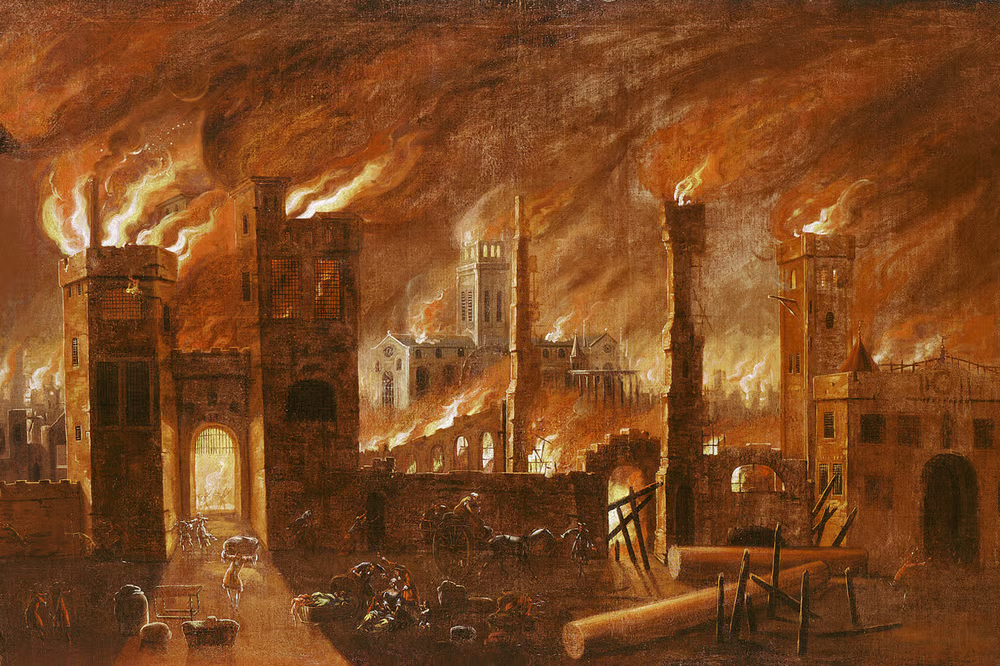The Khmer Empire, flourishing from the 9th to the 15th century, was a dominant force in Southeast Asia, with its capital at Angkor, in present-day Cambodia. At its zenith, the empire’s influence extended across modern-day Thailand, Laos, Vietnam, and Myanmar. The Khmer civilization is renowned for its architectural marvels, particularly the temple complex of Angkor Wat, which stands as a testament to their engineering prowess and religious devotion. These structures not only served religious purposes but also demonstrated the empire’s wealth and organizational capabilities.
The empire’s success was largely attributed to its sophisticated irrigation and water management systems, which supported intensive rice cultivation and sustained large urban populations. However, over time, these systems became vulnerable to climatic changes and neglect. Combined with internal strife, shifts in trade routes, and external invasions, the empire’s stability waned. By the 15th century, the once-mighty Khmer Empire had fragmented, leading to the abandonment of Angkor and a shift of power to other emerging states in the region.
Today, the remnants of the Khmer Empire, especially the temples of Angkor, attract scholars and tourists alike, offering insights into a civilization that once stood at the pinnacle of Southeast Asian history. Ongoing archaeological research continues to uncover aspects of Khmer society, from urban planning to religious practices, ensuring that the legacy of this empire endures and informs our understanding of regional history.







